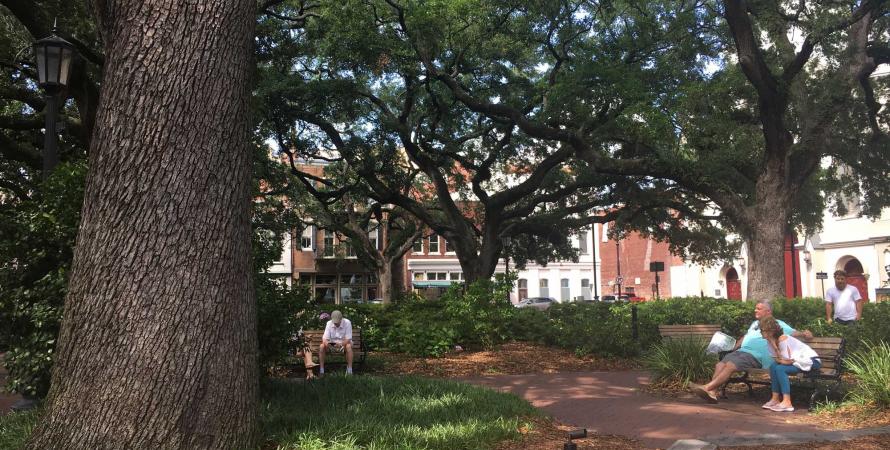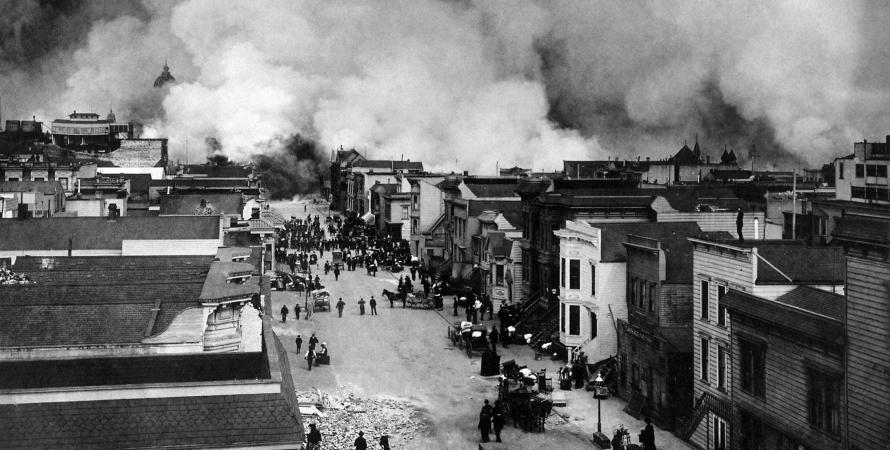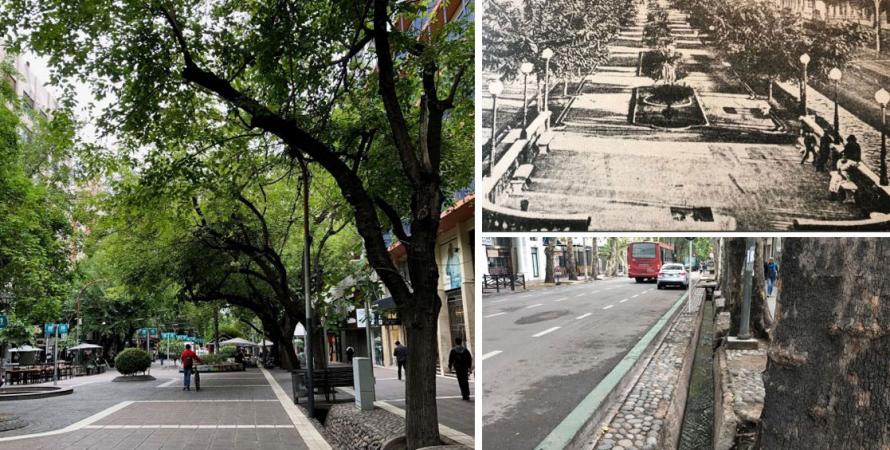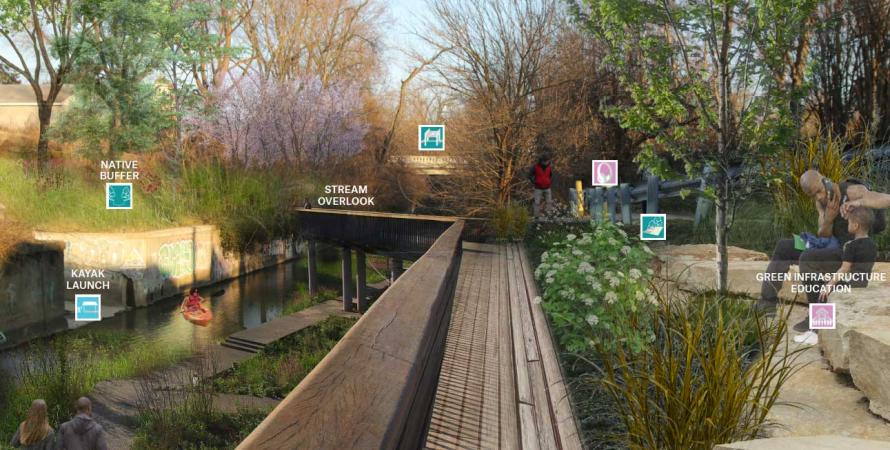-

Why cities are the world’s best hope for climate action
Cities offer breakthrough potential for immediate and effective action on the impacts of greenhouse gas emissions and a hotter world, according to a new book, The Urban Fix.The Urban Fix is the culmination of a long journey for Doug Kelbaugh , an architect and educator in the forefront of environmental and urban design for decades. Kelbaugh designed and built one of the nation’s first passive solar houses in 1973, and he was one of the first advocates of transit-...Read more -

Beyond resilience: Toward ‘antifragile’ urbanism
Let’s embrace and empower the collective skill in producing beautiful and well-adapted habitat, which is evident throughout human history.Resilience is a hot topic in urbanism today—and understandably so, given the increasing prevalence of storms, floods, fires, heat waves, and other potential disruptions to urban well-being. But we might consider another level of organization beyond resilience—what has been termed “antifragility.”...Read more -

Andean city is a model for water infrastructure and green space
In Mendoza, Argentina, ancient acequias provide a green design element that transforms the city and has passed the test of time.Implementing green infrastructure widely in cities is never easy. Professionals and practitioners around the world face many challenges, including design standards (how to build the most efficient infrastructure?), regulatory (what policies are needed to promote green infrastructure throughout the...Read more -

Connecting to a hidden natural asset
A CNU Legacy Project explores the potential of an underutilized creek corridor that runs through more than dozen neighborhoods in Louisville, Kentucky.The South Fork of Beargrass Creek meanders through 13 or 14 diverse neighborhoods in Louisville, Kentucky, yet few nearby residents take much notice of the waterway. The creek has long been channelized, hidden, and used as part of the city’s stormwater system. During storm events, overflows often...Read more